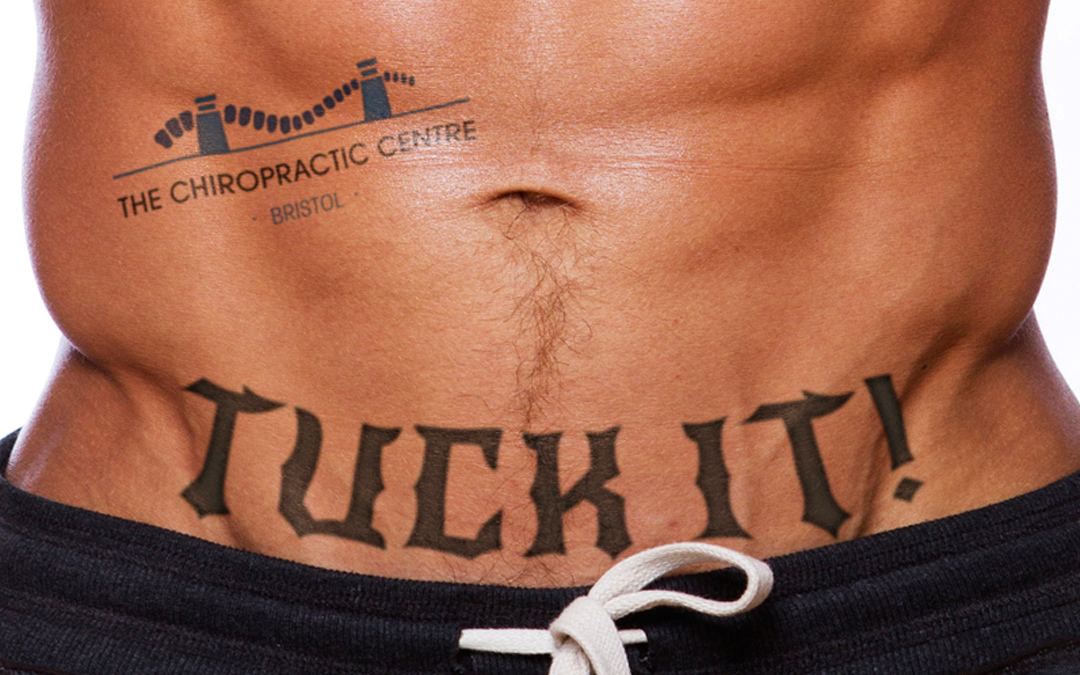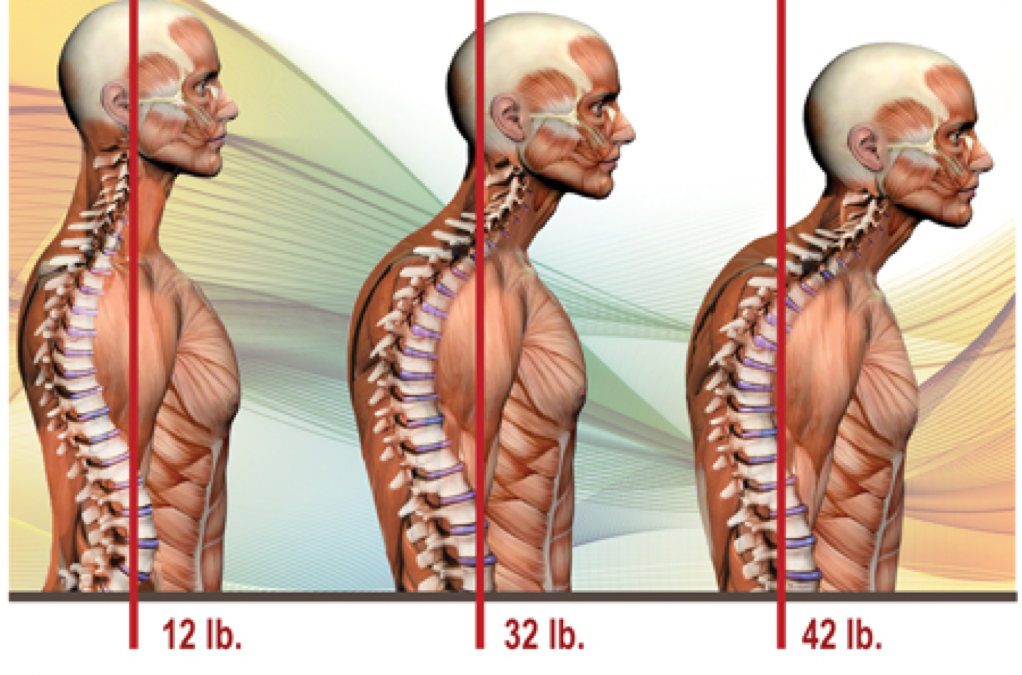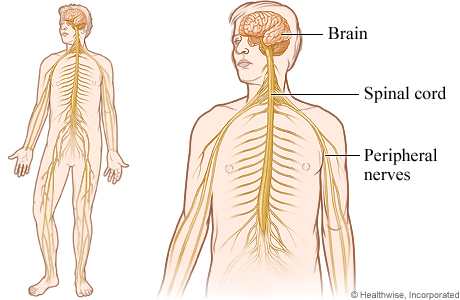
by Charles Herbert | Jul 1, 2014 | Chiropractic |
How to activate your core muscles – you’ve gotta ‘Tuck it!’ Before you do anything you need to ‘Tuck it!’. When I say ‘Tuck it!’ I mean engage your core muscles. Your core muscles are like a corset around your low back that support your spine. If you don’t use them properly then your spine takes more load than necessary and you’re exposing yourself to potential back problems. So when you lift a child, get out of a chair, go for a run or even stand still you need to ‘Tuck it!’. So how do I ‘Tuck it!’? So, firstly we need to get your back in the right position. In a standing position put your hands on the top of your pelvis (the bony bit in your waist) and rock your pelvis back and forth. By this I mean, stick your bum out as far as you can and then tuck it in as much as you can without moving your hands back and forth. When you can do this, find the mid point between fully back and forward. This is your neutral pelvic point. In this position, imagine a piece of string attached to the top of your head pulling you up. As you lift up, you should feel the muscles at the front between your pelvic bones tighten slightly. These are called the transverse abdominis, one of the main core muscles for your low back. Now take a deep breath in. As you exhale, draw your belly button back towards your spine. Practice this a few times and you should really feel the muscles in your...

by Charles Herbert | Jun 6, 2014 | Chiropractic |
Do you have the weight of the world on your shoulders? Well, you do have a heavy weight on your shoulders. Your head! The average human head weighs 8-12lbs (4-5kg), that’s about the same weight as a bowling ball! The thing that stops you noticing the weight of your head is the suspension in your neck. What I mean by this is the curve in your cervical (neck) spine has a natural 43 degree arc, like a banana, that acts like suspension for your head. As you move around, whether walking or sitting down, the curve in your neck compresses like a spring to take the pressure of your head off your body. Sometimes, due to bad posture whilst reading or working at a computer (or texting!!), you can move your head forward of your shoulders. This common posture is called forward head carriage (FHC). FHC has 2 main effects: it reduced your 43 degree (suspension) arc in your neck, and it moves the weight of the head forward from your centre of gravity. Loosing your internal banana As you move your head forward it places increased stress on your neck and shoulders. For every inch you move your head forward you head effectively weights 10llbs more! You can feel the effect of that when you next pick up a bowling ball (we have one in our centre in Bristol so please ask us). Hold the ball close to your chest and feel the weight of the ball, then move it away from your body and feel how much harder it is to hold. That is exactly what the...

by Charles Herbert | May 21, 2014 | Chiropractic |
What is a ‘trapped nerve’? Most people who come to see us at The Chiropractic Centre in Bristol have a form of ‘trapped nerve’ causing their pain. A lot of Chiropractors will also call this ‘trapped nerve’ a ‘subluxation’. The question is, what is a trapped nerve? To start with, your nerves go everywhere throughout your body. They nerves control everything; every movement, sensation, thought and emotion. They do this by linking your brain to your body. Your brain is like a big computer that sends messages down through the spinal cord and out through the nerves between each vertebrae to the whole body. In fact, you have so many of them that if you removed every cell apart from your nerves you would still be recognisable! You can trap a nerve just about anywhere in your body; a trapped nerve in the back is perhaps one of the most common types. So you can see, the nerves of your body are very important indeed! How do these nerves get trapped? Well, there are many different ways to trap a nerve, however I’m going to explain the one that we see most commonly. The spinal column and nerves are housed within the spine. Trapped nerves are mostly caused by a build up of poor posture and stress A trapped nerve is caused by two things: big traumas, like a car crash or falling down the stairs, or, most commonly, small repetitive traumas, like poor posture and stress. So essentially it is because of our modern lifestyles that we don’t look after our spines very well. So when these traumas happen...








